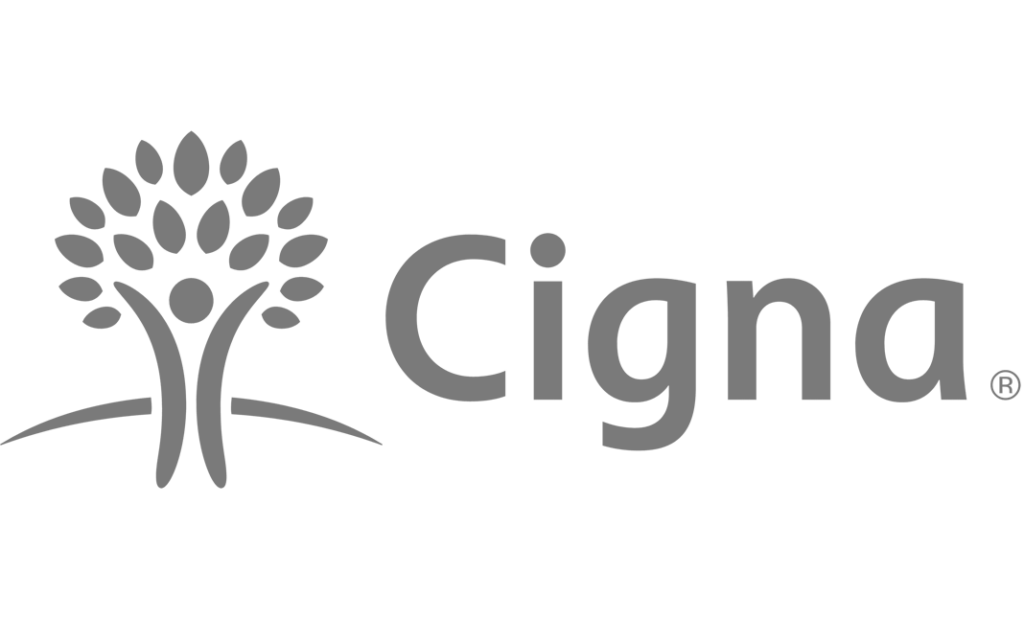How Long Should You Expect a 12-Step Program to Last?
The answer is the rest of your life. Each step could take a short time or a long time, but according to Alcoholics Anonymous (AA), the 12th step is, “Having had a spiritual awakening as the result of these Steps, we tried to carry this message to alcoholics, and to practice these principles in all our affairs.” Note that it says “all” our affairs. That means you practice everything in the 12 steps forever after.
Although, for simplicity’s sake, we’re discussing AA and alcoholism here, the same principles apply to other 12-step groups formed to deal with substance abuse, like Narcotics Anonymous (NA) and Crystal Meth Anonymous (CMA), as well as those whose goal is freedom from a behavioral addiction, such as Gamblers Anonymous (GA) or Overeaters Anonymous (OA).
The 12 Steps
Step 1
The first step is to admit that you have a problem and that that problem has had such an impact on your life as to have made it unpredictable and uncontrollable. You might just have noticed that your drinking has caused you to start losing friends, or you might have hit rock bottom. Rock bottom means different things to different people. It could be anything from losing your home to your family cutting you off to landing in prison. This is definitely the hardest step because society teaches us not to
admit that we are powerless. Admitting such is largely seen as a weakness, but nothing could be further from the truth. It takes great courage to admit such a thing, particularly when part of your identity is tied to the false belief that someone with alcohol use disorder (AUD), which has progressed to the point of losing control, can actually still control their AUD. When you show up at AA, you are already powerless against your AUD.
Step 2
Most 12-step programs have a spiritual basis. It’s not necessarily related to God as presented in a particular religion but rather to whichever spiritual force is relevant to the person. This step involves accepting that there is a power greater than either you or your AUD upon which you can rely to conquer your AUD. For people who are secular and/or atheist, the power can be your sponsor, a friend, therapy or something/someone else.
The second part of the second step is that, while you’re still in the beginning stages of recovery, you have to become subordinate to the people who are helping you on your journey to lifelong recovery. Eventually, you need to pick someone or something that inspires you to remain sober. It could be the deity you worship. It could be your job. It could be your family and friends. Anything that is important to you can provide that inspiration.
Step 3
Step three is the first step in which you have to make a conscious decision rather than just an admission. After acknowledging the higher power and/or inspiration, you have to decide to follow through and commit to sobriety, accepting the guidance of that higher power as you understand it.
Step 4
Once you’ve made the difficult decision to move forward, it’s time to, as AA says, take a moral inventory. That means that you have to look deeply into yourself, which is tough enough to do without a substance use disorder like AUD. If your AUD is trauma-based, then you will need to acknowledge the trauma as well as the negative emotions about it. It’s not enough to say it, however. You have to write it down, whether it’s on actual paper with a pen or in a virtual file on your computer.
Step 5
When you arrive at step five, the time has come to admit all your mistakes, wrongdoings and faults. You searched for them in step four, and now you have to bite the bullet and take accountability. Because of the stigma that society attaches to admitting wrongdoing of any kind, it can be quite daunting to have to admit those wrongdoings to another person. To do so, however, is essential as part of your recovery.
Step 6
How you proceed both to and through step six will depend on your spirituality and beliefs. Obviously, it will be different if you’re religious than if you’re an atheist. The sixth step is asking God to unravel the Gordian knot of your faults and misdeeds. Again, this is how you personally perceive God, or another higher power that has meaning for you, in your particular belief system. Remember, it does not matter what you believe or how you think of God. Your “higher power” will be the one doing the unraveling.
Step 7
This step involves actually letting go and allowing your higher power to begin the unraveling. In a society that prizes hubris and scoffs at or even mocks humility, you have to lay yourself bare to your higher power, whoever or whatever it is, and be both humble and willing to change. Rather than something to be avoided, this process is immensely freeing because it allows you to not only acknowledge your faults and begin to heal but also to develop a better worldview that is separate from the dog-eat-dog mentality that is force-fed to most of us by society.
Step 8
In Gilbert and Sullivan’s opera, “The Mikado,” Ko-Ko, the Lord High Executioner, sings a wry song called, “I’ve Got a Little List,” which is where he puts down everyone’s name, who’s done something wrong, within his sight. When it comes to step eight, you’ll also have “A Little List,” but yours will be the opposite of Ko-Ko’s. In your list, you’ll be writing down everyone you have harmed in one way or another with your drinking. And, though you might be tempted to do so, leave out no one that your conscience tells you you’ve harmed.
Step 9
Step nine is probably the most famous step. This is where you make amends to everyone you have harmed. This is when you can start to experience some positive feelings as you mend relationships, rekindle friendships or romances and prove to one and all that your accountability is authentic and not just something you’re pretending to feel. Unfortunately, there are certain people you harmed in the past who could be harmed again if you were to try to make amends. Although it might hurt to know that you can never fix everything you broke, you will need to realize that this is part of the accountability. In these cases, the only thing you can do is resolve to stay sober and to live better as a testament to what you had with that person before.
Step 10
The first nine steps are all about what you did in the past and “restoring to factory default settings,” which, in the case of a 12-step program about AUD, is being sober. Step 10 is the beginning of your journey into the future. The idea behind the 10th step is to always acknowledge fault or wrongdoing and to make amends promptly. Your new life will be one of accountability, as, in a perfect world, it would be for everyone. The key is not blaming whoever messed up; rather, it’s fixing what is messed up. When you mess up, it is you who are to blame and no one else.
Step 11
Step 11 is all about communing with your higher power, whoever or whatever it is to you. If that means prayer to the Father, Son and Holy Ghost, then that’s what’s right for you. If it’s making a sacrifice of herbs at the Winter Solstice, then that’s OK, too. If it’s relying on your friends and family and communing with them on a deep level because you’re not spiritual in the traditional sense, then that’s your version of communing with your version of a power greater than yourself. The gist of the communing is to ask for guidance and support throughout the rest of your life.
Step 12
As stated, step 12 is all about adhering to the principles of the first 11 steps for the rest of your life. To paraphrase Jesus in the Bible, it says, “Go thou, and drink no more.” You can think of it however is appropriate for your belief system. The other part of step 12 is to be an understanding and empathetic rock upon which other people who experience AUD can lean either to start their recovery or to help them maintain their sobriety when the demon in the bottle continues to call to them.
Are the 12 Steps a Cure?
No, they’re not. As much as they are helpful in controlling AUD, they are not a cure. The sad and bitter truth is that there is no cure for AUD once you acquire it. That’s where the slogans of “Easy Does It” and “One Day at a Time” on page 135 of the AA “Big Book” come into play. The thing to remember is that you don’t have to navigate your recovery alone.
Is There Really No Set Timeline?
The goal of AA is for new people to attend 90 meetings in 90 days. But, remember, after those 90 days, you won’t be cured. You still have your whole life ahead of you in which you must adhere to all the principles of the program. Recovery is forever.
You might also want to consider professional therapy with a psychologist or psychiatrist, especially if the reason you started drinking involved some sort of trauma. AA isn’t therapy, and therapy isn’t a 12-step program. They can be symbiotic, however, and both offer something valuable to help you stay sober throughout your life.
We Can Help
At Defining Wellness Centers, not only do we provide access to a 12-step program for AUD, but we also provide therapy, detox and other in-house services for our clients. Never forget that you don’t have to struggle with AUD alone. Along with your loved ones, we are here to help. Contact us today to take the first step toward a happy, healthy lifetime of sobriety.





















